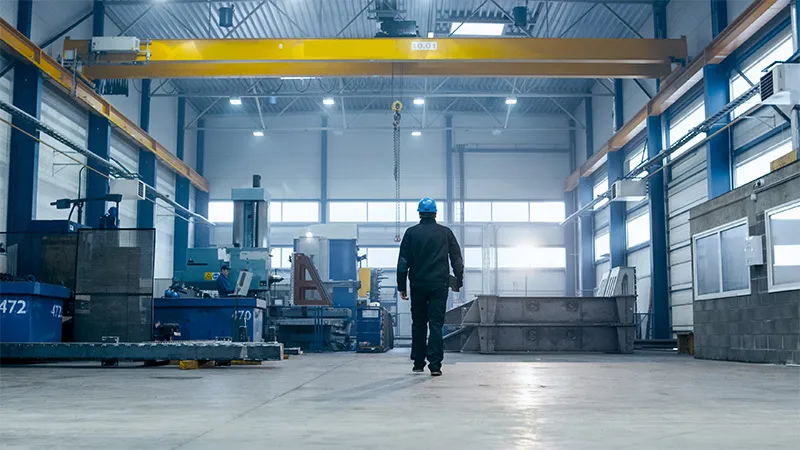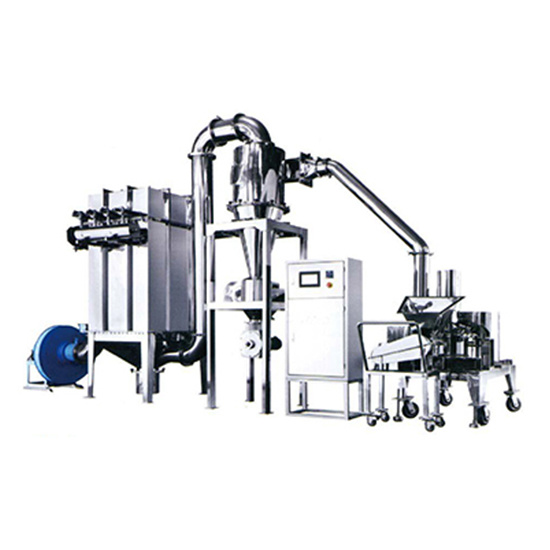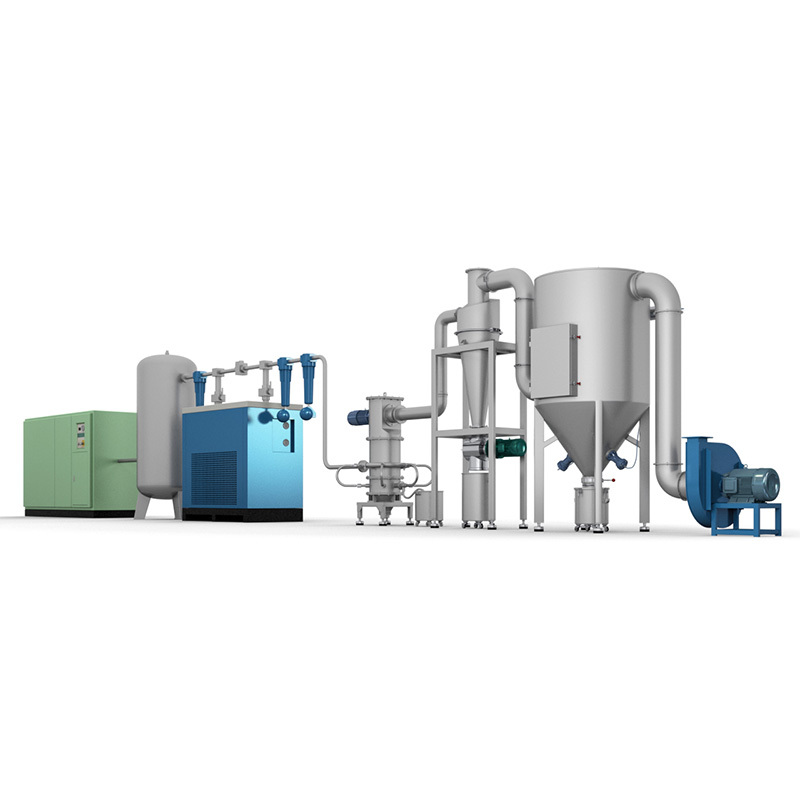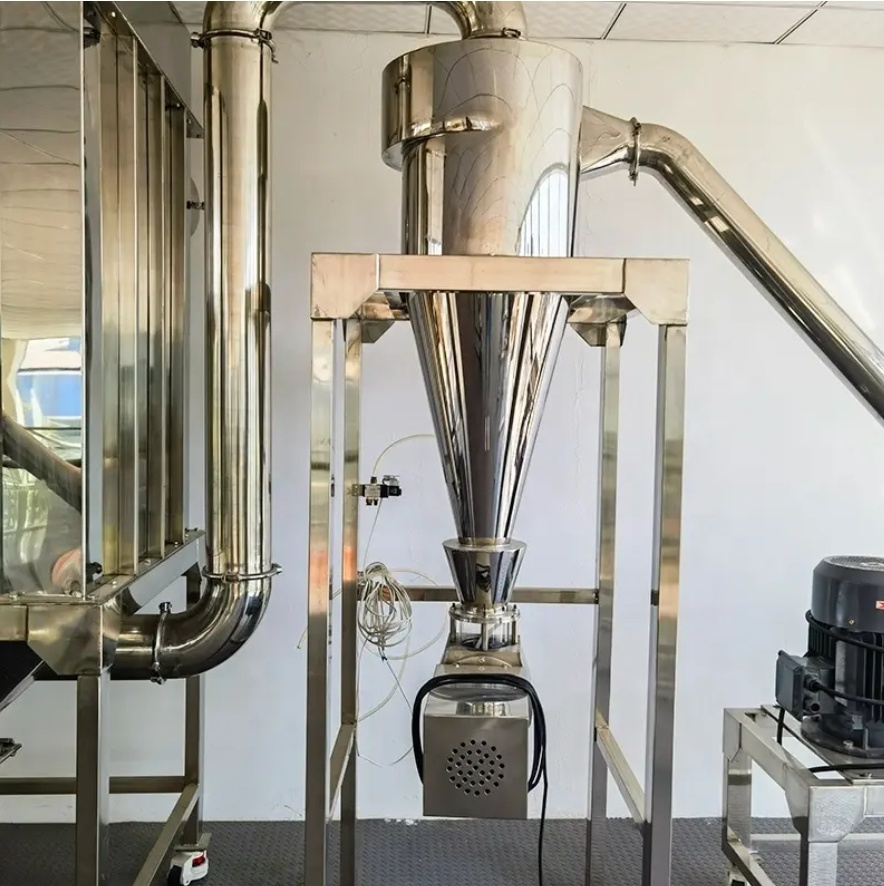NEWS
Discover the Revolutionary Advantages of Airflow Pulverizing Machines in Material Reduction
Jul 08,2025
Discover the Revolutionary Advantages of Airflow Pulverizing Machines in Material Reduction
Table of Contents
- 1. Introduction to Airflow Pulverizing Machines
- 2. What is Airflow Pulverizing?
- 3. Benefits of Airflow Pulverizing Machines
- 4. Applications of Airflow Pulverizing Machines
- 5. Airflow Pulverizing vs. Traditional Methods
- 6. Maintenance of Airflow Pulverizing Machines
- 7. Frequently Asked Questions (FAQs)
- 8. Conclusion
1. Introduction to Airflow Pulverizing Machines
In the realm of **material reduction**, **Airflow Pulverizing Machines** have emerged as a game-changer. Known for their ability to efficiently and effectively reduce the size of various materials, these machines utilize a unique process that sets them apart from traditional grinding methods. As industries strive for greater productivity and lower operational costs, understanding the advantages of airflow pulverizing machines becomes critical.
2. What is Airflow Pulverizing?
Airflow pulverizing refers to a process that utilizes high-velocity air streams to facilitate the reduction of materials into fine powders. This method is particularly effective for brittle and hard materials, ensuring minimal thermal degradation and preserving the material's integrity.
2.1 Mechanism of Airflow Pulverizing
The mechanism of airflow pulverizing typically involves the following steps:
1. **Material Feeding**: Raw materials are fed into the pulverizer through a hopper.
2. **Air Injection**: High-speed air is injected into the machine, creating a swirling motion that accelerates the particles.
3. **Impact and Friction**: As materials collide with each other and with the machine's internal surfaces, they experience significant impact and friction, leading to size reduction.
4. **Separation**: Fine particles are separated from larger ones using a cyclone or similar separation system, allowing for efficient collection of the desired product.
2.2 Types of Airflow Pulverizers
There are several types of airflow pulverizers, including:
- **Jet Mills**: Use high-speed jets of air to achieve ultra-fine particle sizes.
- **Dynamic Classifiers**: Combine pulverizing and classification in a single unit, allowing for precise control over particle size.
- **Fluidized Bed Pulverizers**: Utilize a fluidized bed of particles to enhance grinding efficiency and maintain a consistent product size.
3. Benefits of Airflow Pulverizing Machines
The adoption of airflow pulverizing machines in various industries offers numerous benefits that contribute to operational efficiency and product quality.
3.1 Energy Efficiency
Airflow pulverizing machines are designed with energy efficiency in mind. By utilizing the kinetic energy of air instead of relying solely on mechanical forces, these machines can significantly reduce energy consumption. The result is lower operational costs and a greener manufacturing process.
3.2 Improved Product Quality
One of the key advantages of airflow pulverizers is their ability to produce high-quality powders with a narrow particle size distribution. This is crucial in industries such as pharmaceuticals and food processing, where consistency in product quality is paramount. The gentle grinding action also minimizes the risk of thermal degradation, preserving the material's properties.
3.3 Versatility in Material Reduction
Airflow pulverizing machines are versatile and can handle a wide range of materials, including:
- **Metals**: Such as aluminum and copper.
- **Plastics**: For recycling and reuse.
- **Minerals**: Including silica and talc.
- **Food Products**: Such as spices and grains.
This versatility makes them suitable for various applications, from industrial manufacturing to food processing.
4. Applications of Airflow Pulverizing Machines
Airflow pulverizing machines find application in various sectors, including:
- **Pharmaceuticals**: Where precision and particle size control are crucial.
- **Food Processing**: For grinding spices, grains, and other ingredients.
- **Chemical Manufacturing**: To create fine powders of chemicals and additives.
- **Recycling**: For pulverizing plastics and metals to facilitate reuse.
Each of these applications benefits from the unique advantages offered by airflow pulverizing technology, enhancing productivity and efficiency.
5. Airflow Pulverizing vs. Traditional Methods
When comparing airflow pulverizing to traditional grinding methods, several distinctions emerge:
- **Efficiency**: Airflow pulverizers often require less energy to achieve similar or superior results compared to traditional grinding equipment.
- **Product Quality**: The risk of contamination and thermal degradation is significantly lower with airflow methods, resulting in a higher quality end product.
- **Maintenance**: Airflow pulverizers typically require less maintenance due to fewer moving parts and a more straightforward design.
These factors make airflow pulverizing machines a preferred choice for many industries focused on innovation and efficiency.
6. Maintenance of Airflow Pulverizing Machines
To ensure the longevity and optimal performance of airflow pulverizing machines, regular maintenance is essential. Key maintenance practices include:
1. **Routine Inspections**: Regularly checking for wear and tear on components.
2. **Cleaning**: Keeping the machine clean to prevent contamination and maintain product quality.
3. **Lubrication**: Ensuring all moving parts are adequately lubricated to reduce friction and wear.
4. **Calibration**: Periodically calibrating the machine to ensure precise control over the particle size.
By adhering to these practices, operators can extend the life of their airflow pulverizing machines and maintain high levels of efficiency.
7. Frequently Asked Questions (FAQs)
What types of materials can be processed with airflow pulverizing machines?
Airflow pulverizers are capable of handling a variety of materials, including metals, plastics, minerals, and food products.
How does airflow pulverizing differ from traditional grinding methods?
Airflow pulverizing uses high-velocity air streams to reduce material size, resulting in lower energy consumption and superior product quality compared to traditional methods.
Are airflow pulverizing machines energy-efficient?
Yes, they are designed to use less energy by leveraging the kinetic energy of air, making them a more sustainable option for material reduction.
What industries benefit most from airflow pulverizing machines?
Industries such as pharmaceuticals, food processing, chemical manufacturing, and recycling can all benefit significantly from airflow pulverizing technology.
How can I maintain my airflow pulverizing machine?
Regular inspections, cleaning, lubrication, and calibration are critical to ensuring optimal performance and longevity of the machine.
8. Conclusion
In conclusion, **airflow pulverizing machines** represent a significant advancement in the field of material reduction. Their ability to efficiently process a wide range of materials while maintaining high product quality and energy efficiency makes them invaluable assets to various industries. As we continue to push the boundaries of technology, understanding and implementing airflow pulverizing solutions will be essential for businesses aiming to enhance their productivity and sustainability. Embracing this innovative technology not only positions companies for success but also contributes to a more sustainable future in manufacturing and material processing.
More News










